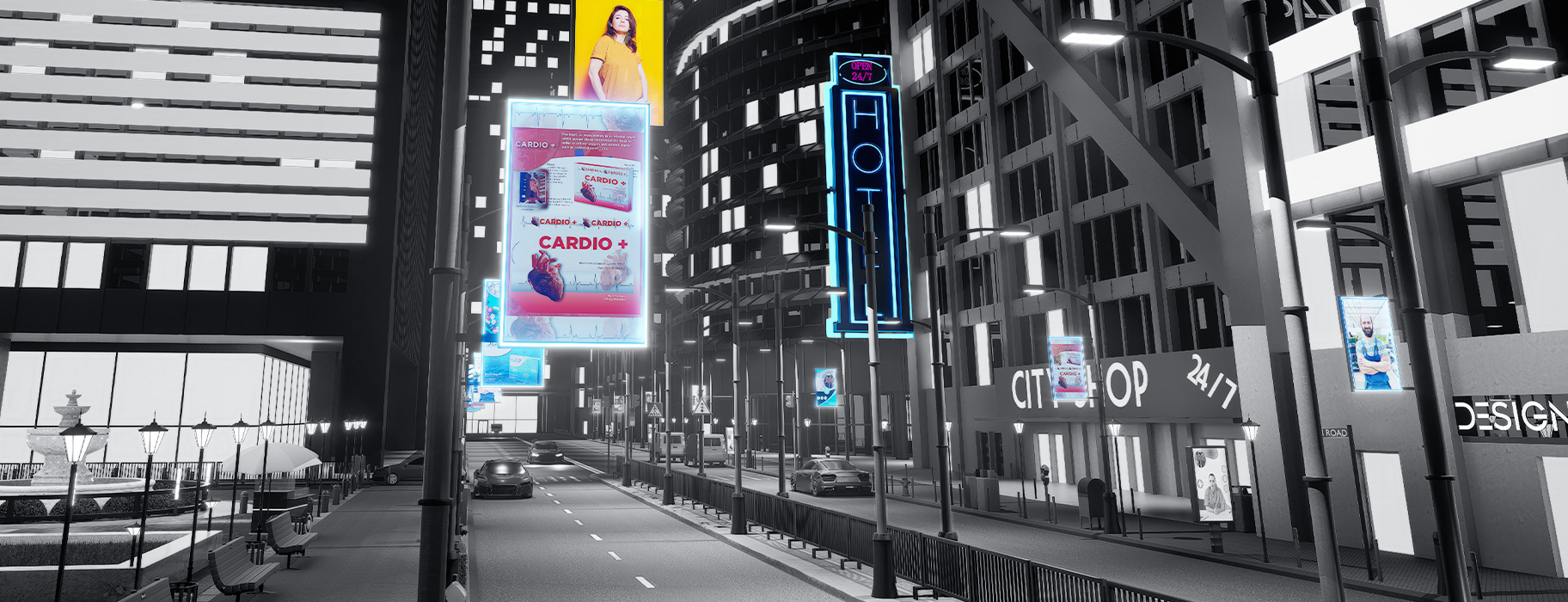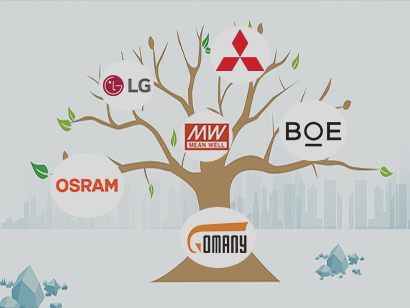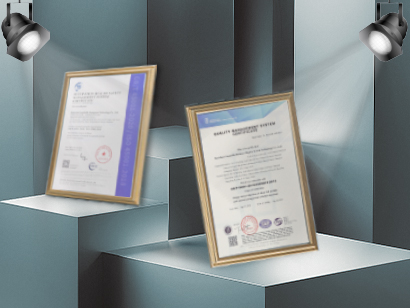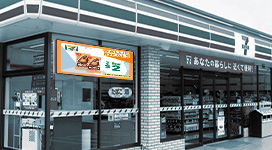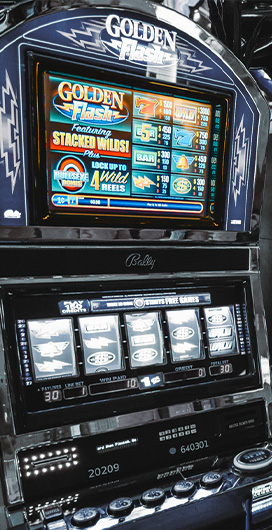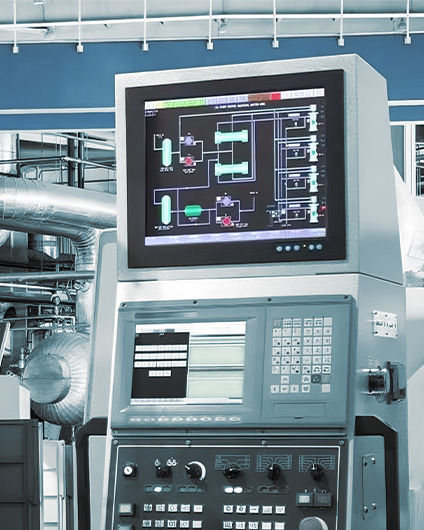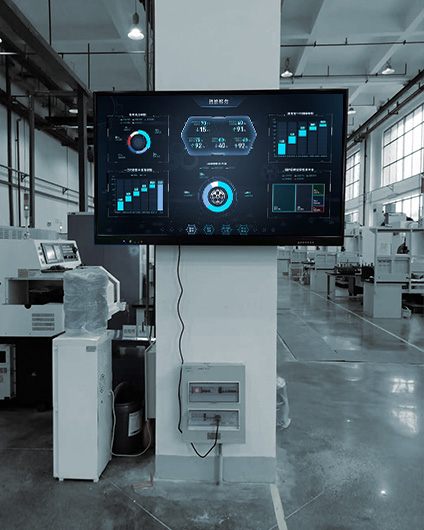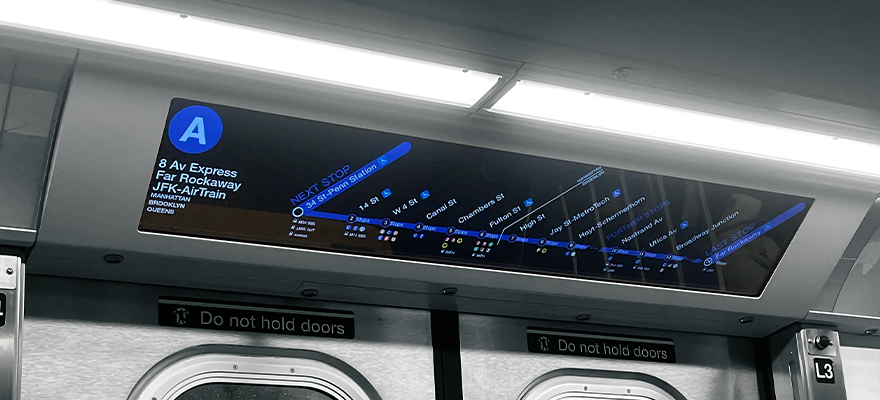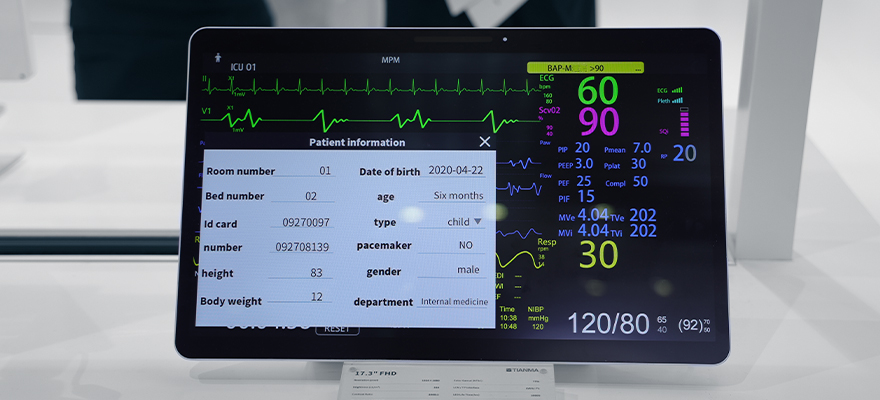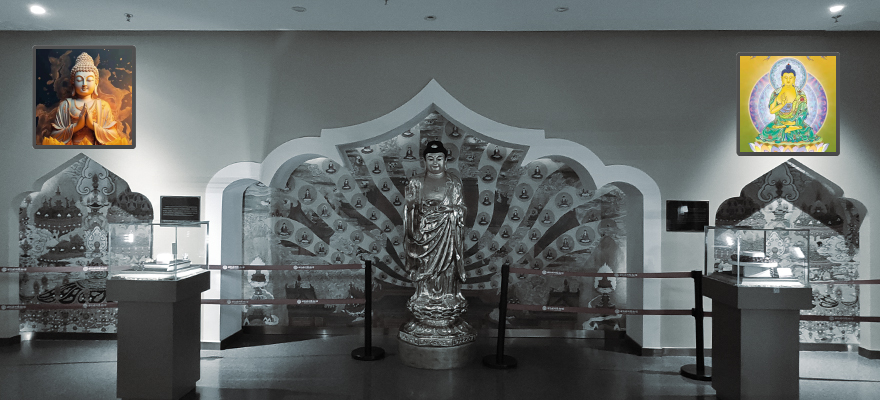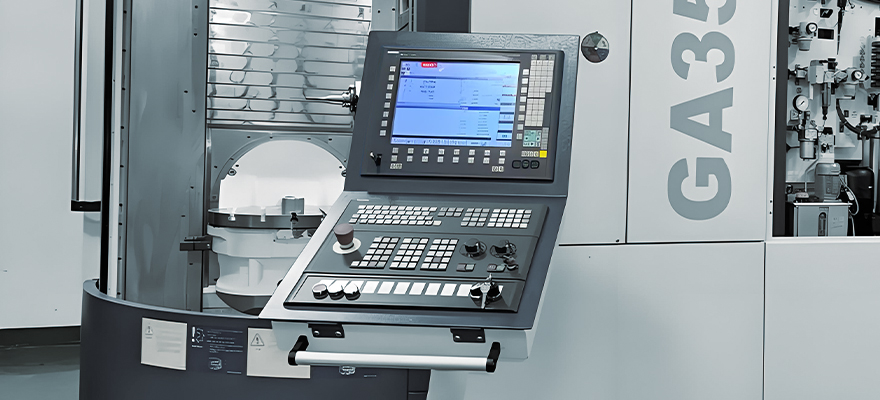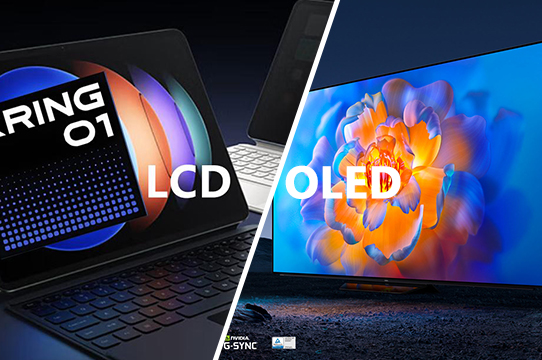The continuous upgrading of digital display technology has given people more choices. At present, in the entire display market, LCD and OLED are the two most widely used technologies, and they have always been debated.
As a fan of digital display devices, I have been exploring the differences between them and how to choose them in suitable application scenarios. In this article, we will explore LCD and OLED display technologies in depth through multiple indicators so that you can make an informed decision and choose the display device that best suits your needs.
What Is The Liquid Crystal Display?
LCD technology is a mature display technology. Its core principle is to control the reflection of light by utilizing the deflection of liquid crystal molecules to display images. Liquid crystal displays usually consist of two glass panels with liquid crystal molecules flowing in the middle. When the liquid crystal molecules are energized, they adjust the intensity and direction of the backlight source through the deflection effect, allowing the screen to display images.
What Is OLED Display?
OLED display technology is a display technology that has only appeared in recent years. Its working principle is based on the electroluminescent properties of organic materials. In an OLED display, each pixel is composed of organic materials, and once powered on, they can automatically emit light and show color. The light emission form does not depend on the backlight source. It is also due to this feature that OLED displays can achieve more flexible display effects, such as ultra-thin design, flexible screens, etc.
What Is The Difference Between LCD And OLED?
Contrast And Black Level
OLED monitors are better than LCDs in terms of contrast and black level. Due to the self-luminous characteristics of its pixels, when it is necessary to display black, the corresponding pixels can directly stop emitting light, presenting a pure black, making the layering and details of the picture richer.
The light emission of LCD monitors depends on the backlight source. Even when displaying a black picture, some light will leak out, which affects the contrast of the picture. However, with the continuous optimization of LCD technology, the current LCD monitors have optimized this phenomenon through local dimming technology. Now most LCD display devices can meet the needs of most commercial display scenarios in terms of contrast.
Color Saturation And Accuracy
The independently illuminated pixels give OLED technology an advantage in color saturation and accuracy, and can more accurately control the color performance, which is suitable for scenes with extremely high color requirements.
LCD screens are also using various optimization technologies to improve color performance.For example, quantum dot technology is used to emit purer light with a narrower wavelength range, expanding the color gamut of the display screen. In terms of color saturation and accuracy, it is comparable to OLED Display, and has certain advantages in stability. Color consistency can be maintained during long-term use.
Viewing Angle
OLED displays distribute light more evenly in all directions, so viewers can still enjoy clear, accurate, and color-free images within a wider viewing angle range. For LCD displays, although the viewing angle has certain limitations, it can be significantly improved with the help of IPS technology.
IPS technology changes the arrangement of liquid crystal molecules, making the deflection angle of light larger when passing through the liquid crystal layer, thereby improving the viewing angle of LCD displays. At present, IPS technology has been widely used in commercial LCD displays, enabling them to meet the needs of wide viewing angles in most practical application scenarios.
Service Life
LCD display technology is more mature and more stable in operation. Generally, high-quality LCD displays can run stably for tens of thousands of hours, and even under some ideal conditions, their service life can be as long as 100,000 hours or more.
Although OLED displays have many advantages in display effects, the organic materials in OLED displays will gradually age after long-term use, resulting in decreased brightness and color deviation, which seriously affects its service life. In addition, if static images are displayed for a long time, screen burn-in is likely to occur.
Energy Consumption
In terms of energy consumption, LCD and OLED displays have their own advantages in different screen presentations. When displaying bright images or white backgrounds, LCD displays consume less power. When the screen is displayed in dark tones, OLED can save energy by turning off individual luminous pixels. Therefore, when energy consumption is the core indicator of your choice of display, the background color of the screen will be the core point you consider.
LCD Display Or OLED Display, Which One Is Better For You?
Computer Monitors: LCD And OLED
For the application scenarios of computer monitors, the needs of different users vary greatly, so it is necessary to choose the appropriate display technology according to the specific purpose of use. In the fields of professional graphic design, video editing, etc., the high color accuracy and contrast of OLED monitors can provide designers and editors with more accurate color references, which helps to improve work efficiency and work quality.
However, such professional users usually have a relatively loose equipment budget and can afford the higher price of OLED monitors. For most ordinary office users, LCD monitors are a more practical and economical choice. For example, in daily document processing, data analysis, multi-window operation and other scenarios, LCD monitors can provide sufficient display performance, and with its low cost and good stability, it has become the first choice for enterprises. In addition, LCD monitors are not prone to screen burn-in during long-term use, which further reduces the maintenance cost of enterprises and increases the service life of equipment.
TV: LCD And OLED
In the field of TV, OLED TV is known for its excellent picture quality. Its high contrast, wide viewing angle and excellent color performance can bring users an immersive viewing experience, especially suitable for high-end application scenarios such as home theaters. However, the high price of OLED TV makes its market penetration rate relatively low, mainly for high-end consumers who pursue the ultimate picture quality experience.
On the other hand, LCD TV has achieved significant improvement in picture quality by continuously introducing new technologies. These technologies enable LCD TVs to present richer and more delicate pictures while maintaining a relatively affordable price. Therefore, LCD TVs occupy a large share in the global TV market and become the choice of most families.
Commercial Displays: LCD And OLED
In the field of commercial displays, LCD displays have become the first choice for most companies due to their many advantages. First, in terms of cost, the production cost of LCD displays is lower than that of OLED displays. In addition, when after-sales maintenance is required, the cost is also lower.
Secondly, the high brightness and good visibility of LCD displays enable them to perform well in scenes with complex lighting conditions such as outdoor advertising and public transportation information display. For example, on outdoor billboards under direct sunlight, LCD displays can still clearly display advertising content and ensure effective communication of information.
Finally, LCD displays are highly stable and can maintain good display effects under long-term continuous operation, which is crucial for commercial display applications that require 24/7 uninterrupted operation.
In comparison, although OLED displays are superior in contrast and color saturation, their higher cost and relatively short service life limit their widespread application in the commercial display field. However, for some high-end commercial projects with special requirements for display effects and sufficient budget, OLED displays are also a viable option.
Tips Before Choosing LCD Display And OLED Display
Budget Planning: According to the project funding plan, reasonably select cost-effective display technology. LCD displays are usually more affordable, especially when deployed on a large scale, which can significantly reduce initial investment costs and maintain low long-term operating and maintenance costs.
Evaluate The Use Environment: Considering the light conditions and viewing distance, LCD displays have obvious visibility advantages in strong light environments. If the installation location is well lit, such as near windows or outdoor areas, LCD displays can ensure that information is clearly visible. In high-end display venues with dim light or extremely high contrast requirements, OLED displays can provide better visual effects.
Analyze The Type Of Display Content: Dynamic video and static images have different display technology requirements. If it is mainly used to play dynamic advertisements, real-time information, etc., the high refresh rate and stability of LCD displays meet the needs; when displaying high-definition pictures, artworks, and other content with high color accuracy requirements, OLED displays can better show details.
Consider Long-term Maintenance Costs: Including energy consumption, component replacement frequency, etc., LCD displays have stable power consumption, a mature accessories market, and low maintenance costs. Although OLED displays save energy in some scenarios, their technical complexity and relatively high maintenance costs require a comprehensive evaluation of their economic feasibility during long-term use.
Is LCD Or OLED Better?
There is no difference between LCD and LCD displays. They have unique advantages in different aspects. If you pay more attention to energy saving and cost control, then LCD display will be your best choice. If your usage scenario is more about the display effect of the picture, then OLED will be your ideal choice.
In addition, you also need to consider the service life of the device. The performance of OLED screens will decline over time, which may cause color imbalance and screen burn-in problems, while LCD displays have a stronger service life and stability. You can consider which factor you pay more attention to and choose the display that suits you.


![]() Retail Digital Display Solution
Retail Digital Display Solution![]() Public Transportation Digital Signage Solution
Public Transportation Digital Signage Solution![]() Entertainment Digital Display Solution
Entertainment Digital Display Solution![]() Healthcare Digital Display Solutions
Healthcare Digital Display Solutions![]() Education Digital Signage Solutions
Education Digital Signage Solutions![]() Corporate Digital Display Solutions
Corporate Digital Display Solutions![]() Art Digital Display Solution
Art Digital Display Solution![]() Industrial Digital Display Solutions
Industrial Digital Display Solutions![]() Hotel Digital Signage Solutions
Hotel Digital Signage Solutions![]() Outdoor Digital Signage Solutions
Outdoor Digital Signage Solutions